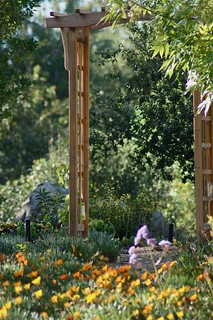 This week for our How I Write series, my accountability group was asked about teaching moments: “What have you recently learned from a REAL LIFE event/happening that you can apply to your writing/writing career?”
This week for our How I Write series, my accountability group was asked about teaching moments: “What have you recently learned from a REAL LIFE event/happening that you can apply to your writing/writing career?”
Have you ever felt like the universe is trying to tell you something?
It’s been shouting at me lately.
When the same phrases and themes keep coming at you, eventually one is going to stick. First it was, “If you never ask, the answer will always be ‘no’.” And then there was all the advise on pushing boundaries one step at a time.
Lately it’s been all about soul searching, knowing yourself, digging deeper, how your experiences mold you and using those deep core experiences and decisions to improve your writing. Now, Jodi Henley‘s been talking about core events for a while. I listened. I really did. However, I didn’t have the right mindset at the time to learn as much as I needed. Jo Leigh came to my local RWASD chapter meeting this past month and talked about “Core Decisions” — it wasn’t the most comfortable meeting for an introvert who doesn’t like discussing what makes her tick. But man, did it make the brain work overtime. Lots of ‘Aha!’ moments when thinking about what my stories have been about and why the heroines act and react the way they do.
I’ve recently had a few people look at my work and while they agree that while I can string a sentence together, something’s missing. Now, none of them came out and said this precisely, and I may be putting words in their mouths, but what I feel is missing is the ‘heart’. The emotional side of things. How does it really feel to be in these characters heads and why should we care about them.
I’ve learned a lot about the theory of why Emotional Structure works, why connections are drawn between authors and readers. But most importantly, I’ve learned that I cannot avoid what makes me “me”, not if I want to find my voice and connect with readers to bring my characters truly alive and make their stories matter.
The trick now will be opening up those veins and allowing it to bleed out onto the page. I need to abandon the theory, no I need to TRUST it, and put it into action.
YOUR TURN:What have you learned recently that it suddenly seemed like you were ready to learn?
And if you’d like to read about how the rest of my accountability group answered, you can find their blogs here:
* Alexia Reed * Kimberly Farris *
* Angeleque Ford * Danie Ford * Emma G. Delaney











